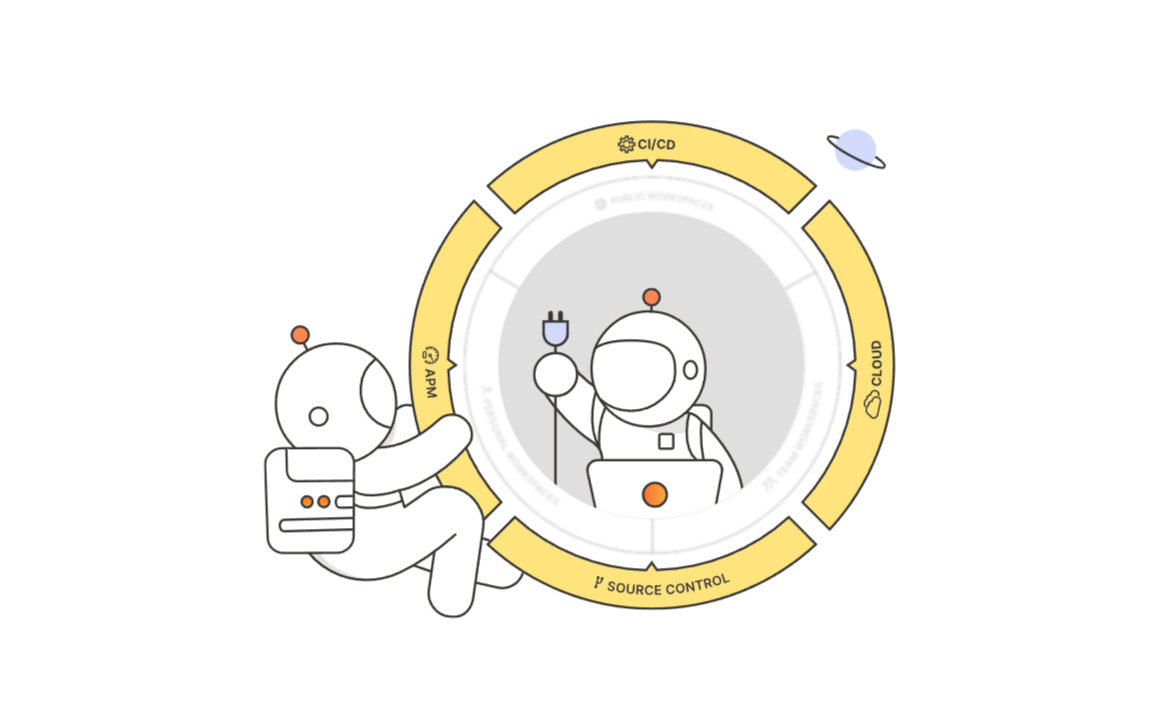Postman: Unlocking API Efficiency
 Rohan Shrivastava
Rohan Shrivastava
Introduction
Postman is a popular API (Application Programming Interface) testing tool that simplifies the process of developing and testing APIs.
It provides a user-friendly interface to make HTTP requests and view responses, making it an essential tool for developers.
Website Link: www.postman.com
Key Features of Postman
User-Friendly Interface: Easy to navigate and use.
API Request Building: Supports various HTTP methods like GET, POST, PUT, DELETE, etc.
Collections: Organize requests into collections for better management.
Environment Variables: Manage different environments (like development, staging, production) with variable settings.
Testing and Automation: Built-in tools for writing tests and automating workflows.
Collaboration: Share collections and environments with your team.
Getting Started with Postman
1. Installation
Download: Visit the Postman website to download the application.
Installation: Follow the installation instructions for your operating system.
2. Creating a New Request
Open Postman: Launch the application.
New Request: Click on "New" and select "Request".
Request Name: Enter a name for your request and choose or create a collection to save it.
3. Building and Sending a Request
Select Method: Choose the HTTP method (GET, POST, etc.) from the dropdown.
Enter URL: Type the API endpoint URL.
Headers and Parameters: Add any necessary headers or query parameters.
Body: If the request type requires a body (like POST), add the data in the Body tab.
Send: Click "Send" to make the request.
Using Collections and Environments
1. Collections
Creating Collections: Click on "New" and select "Collection".
Organizing Requests: Add requests to collections for easy management and categorization.
2. Environments
Creating Environments: Click on the gear icon next to the environment dropdown and select "Manage Environments".
Variables: Define variables for different environments (e.g.,
{{base_url}}) to avoid hardcoding values.
Writing Tests in Postman
Tests Tab: After building your request, navigate to the "Tests" tab.
JavaScript Code: Write test scripts using JavaScript to validate the response.
Common Tests:
Check response status:
pm.test("Status code is 200", function () { pm.response.to.have.status(200); });Validate response time:
pm.test("Response time is less than 200ms", function () { pm.expect(pm.response.responseTime).to.be.below(200); });
Automating Workflows
1. Newman
Installation: Install Newman (a CLI tool for Postman) using npm:
npm install -g newman.Running Collections: Execute Postman collections through command line with Newman for automation:
newman run your-collection.json.
2. Monitors
Setting Up Monitors: Schedule automatic runs of your Postman collections via the Monitors feature in the Postman app.
Monitoring API Health: Use monitors to ensure your APIs are functioning correctly over time.
Collaboration and Sharing
Team Workspaces: Create and manage team workspaces for collaborative API development.
Sharing Collections: Share collections via public URLs or directly within the team workspace.
Documentation: Automatically generate and share API documentation using Postman’s documentation feature.
Conclusion
Postman is a powerful tool that simplifies API development and testing with its rich set of features.
Whether you are a beginner or an experienced developer, leveraging Postman can significantly enhance your workflow and productivity.
Start exploring Postman today to streamline your API testing processes.
Subscribe to my newsletter
Read articles from Rohan Shrivastava directly inside your inbox. Subscribe to the newsletter, and don't miss out.
Written by

Rohan Shrivastava
Rohan Shrivastava
Hi, I'm Rohan, a B.Tech graduate in Computer Science (Batch 2022) with expertise in web development (HTML, CSS, JavaScript, Bootstrap, PHP, XAMPP). My journey expanded with certifications and intensive training at Infosys, covering DBMS, Java, SQL, Ansible, and networking. I've successfully delivered projects, including a dynamic e-commerce site and an Inventory Management System using Java. My proactive approach is reflected in certifications and contributions to open-source projects on GitHub. Recognized for excellence at Infosys, I bring a blend of technical proficiency and adaptability. Eager to leverage my skills and contribute to innovative projects, I'm excited about exploring new opportunities for hands-on experiences. Let's connect and explore how my skills align with your organization's goals.